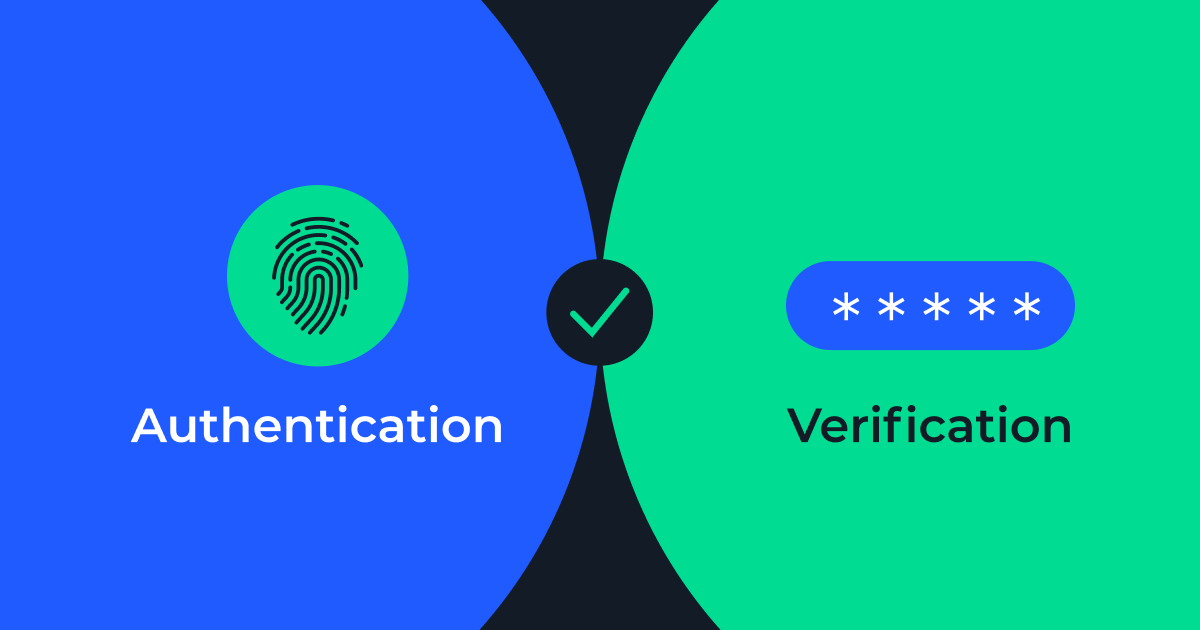
The holiday season is marked by joy and generosity, but it’s also a time when fraudsters ramp up their efforts to exploit businesses and consumers alike. For online businesses, it’s critical to be aware of evolving holiday fraud trends to safeguard operations and protect customers from scams.
This article explores the rise in holiday fraud, the key types of scams to watch out for, and how businesses can combat these challenges effectively. By staying informed, your business can stay one step ahead and maintain customer trust during the busiest shopping season of the year.
Table of Contents
The overall increase in fraud during the holidays
Fraud is on the rise globally, and the holidays amplify the threat. According to the Telesign 2024 Trust Index report, 60% of fraud victims reported their incidents occurred in just the last six months. This spike is fueled by evolving fraud techniques, many of which now utilize advanced tools like AI to exploit vulnerabilities.
During the holiday shopping rush, businesses face increased risks, including fake account registrations, fraudulent transactions, and fake returns. E-commerce platforms have become prime targets as the volume of online transactions skyrockets.
Notably, one in three American adults (34%) admit to taking more risks when online shopping during the holiday season compared to other times of the year, further compounding the vulnerabilities. Furthermore, a staggering 80% of U.S. consumers have encountered or been targeted by some type of fraud, customary during the holiday season.
Specific types of holiday fraud on the rise
Understanding the primary fraud types on the rise during the holiday season can help businesses implement targeted defenses. Below are the scams commonly seen during this time of year:
1. Package delivery scams
Fake delivery notifications and phishing emails are designed to trick customers into providing personal information. Sophisticated attackers often impersonate reputable delivery services, sending messages with links to fake tracking sites. If customers fall for these schemes, businesses may also find themselves dealing with chargebacks and lost revenue.
2. Gift card fraud
Gift card fraud increased by over 30% this past year, with scammers increasingly targeting these untraceable items for financial gain. Fraudsters obtain gift card codes through phishing emails or brute-force attempts and resell them on the black market, often causing losses for both businesses and consumers.
3. Online shopping scams
Alarmingly, e-Commerce fraud is expected to double from $44.3 billion in 2024 to $107 billion by 2029. Deceptive websites and counterfeit goods are common during the holiday shopping rush. Fraudsters create fake e-Commerce sites that mirror those of reputable brands to steal payment information and profit from unsuspecting shoppers.
4. Social media scams
Social media platforms have become hotbeds for fraudulent ads and phishing schemes. Scammers target customers through fake social media profiles or ads offering too-good-to-be-true discounts. These scams often redirect users to malicious websites to collect sensitive personal and payment information.
5. Charity scams
Charitable giving increases during the holidays, and so do charity scams. Fraudsters create fake donation platforms, preying on consumers’ goodwill to collect funds that never reach those in need. While the holidays can be synonymous with giving, one study revealed that 35% of people reported being approached by potentially fraudulent donation requests in the past year.
Factors contributing to holiday fraud
Several factors contribute to the surge in holiday fraud, making it crucial for businesses to understand what drives these risks:
- High transaction volumes: The sheer scale of holiday sales provides more opportunities for fraudsters to blend in with legitimate transactions.
- Increase in online shopping: The holiday sales boom makes consumers more susceptible to online traps.
- Technology advancements: AI allows criminals to conduct advanced phishing campaigns and automate large-scale fraud attempts, making detection more challenging.
- User behavior: Many shoppers are less cautious during the holidays, prioritizing convenience over security when making purchases.
- Flood of promotional emails: Keeping track of countless deals can result in falling victim to phishing attempts.
- Reduced cybersecurity measures: During the holidays, understaffing in cybersecurity can leave businesses more exposed to attacks.
Fighting back against fraud this holiday season
To protect customers during the holidays, education and tools can go a long way in helping people avoid scams. Below are actionable tips you can share with your customer base:
- Educate customers: Warn shoppers about common holiday scams. Share tips to spot phishing emails, such as avoiding clicking on unsolicited links. Highlight the signs of fake e-Commerce sites.
- Streamline verification: Offer customers secure options like multifactor authentication (MFA) for account logins and transactions.
- Provide clear channels for support: Ensure customers can easily verify communication from your company, mitigating risks of fake notifications.
By empowering your customers with knowledge, you not only reduce their risk of falling for scams but also build trust and loyalty.
Protecting your business from online holiday fraud
While educating customers is essential, protecting your business against fraud requires robust strategies and tools. Here’s what you can do:
Strengthen your user verification processes
By using MFA solutions like Telesign’s Verify API, businesses can proactively identify and address risks in real time. The Verify API enables authentication at scale across channels your customers prefer, such as SMS, Push, RCS, Viber, WhatsApp, email, and Silent Verification. Whether it’s delivering one-time passcodes, enabling seamless tap-to-verify experiences, or employing silent verification behind the scenes, the Verify API ensures reliable user authentication. With its intelligent fallback mechanism, if one verification method fails, the Verify API automatically switches to alternatives like SMS to guarantee verification completion.
For businesses seeking an SMS-based approach to strengthen authentication, Telesign’s SMS Verify API delivers a simple yet highly effective layer of protection. This solution ensures secure delivery of one-time passcodes, making it significantly harder for fraudsters to access accounts. By integrating SMS-based multifactor authentication, businesses can protect sensitive customer data and reduce the likelihood of unauthorized account takeovers and online fraud. Together, these solutions provide businesses with versatile and robust tools to combat holiday fraud while meeting the diverse verification preferences of their customers.
Prevent fake new accounts and detect suspicious activity
Use risk recommendations to combat fake accounts and detect fraudulent activity when it occurs. Telesign’s Intelligence is a machine learning model that empowers businesses to analyze static and behavioral attributes across multiple data inputs such as phone numbers, IP addresses, and email addresses. Within a fraction of a second, decide which interactions to block and which to require further evaluation before processing with real-time, risk-based data. Spot fake account creation attempts, synthetic identity fraud, and international revenue share fraud (IRSF).
Stay compliant with security standards
Make sure your business complies with global security standards, such as the Payment Card Industry Data Security Standard (PCI DSS), to protect customer data effectively and maintain their trust.
Keep your business safe this holiday season
Preventing holiday fraud requires a multi-faceted approach, combining customer education, advanced tools, and vigilant monitoring. By understanding the latest fraud trends and implementing the necessary safeguards, your business can minimize risks and maximize trust during the busiest time of the year.
This holiday season, don’t just aim to serve your customers—protect them. Talk to our experts today to learn how our fraud protection solutions can help your business stay secure through the holidays and beyond.


